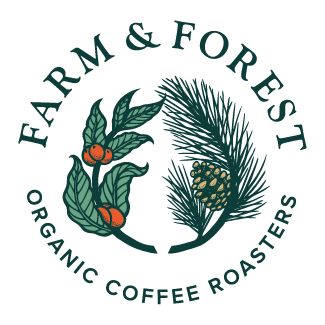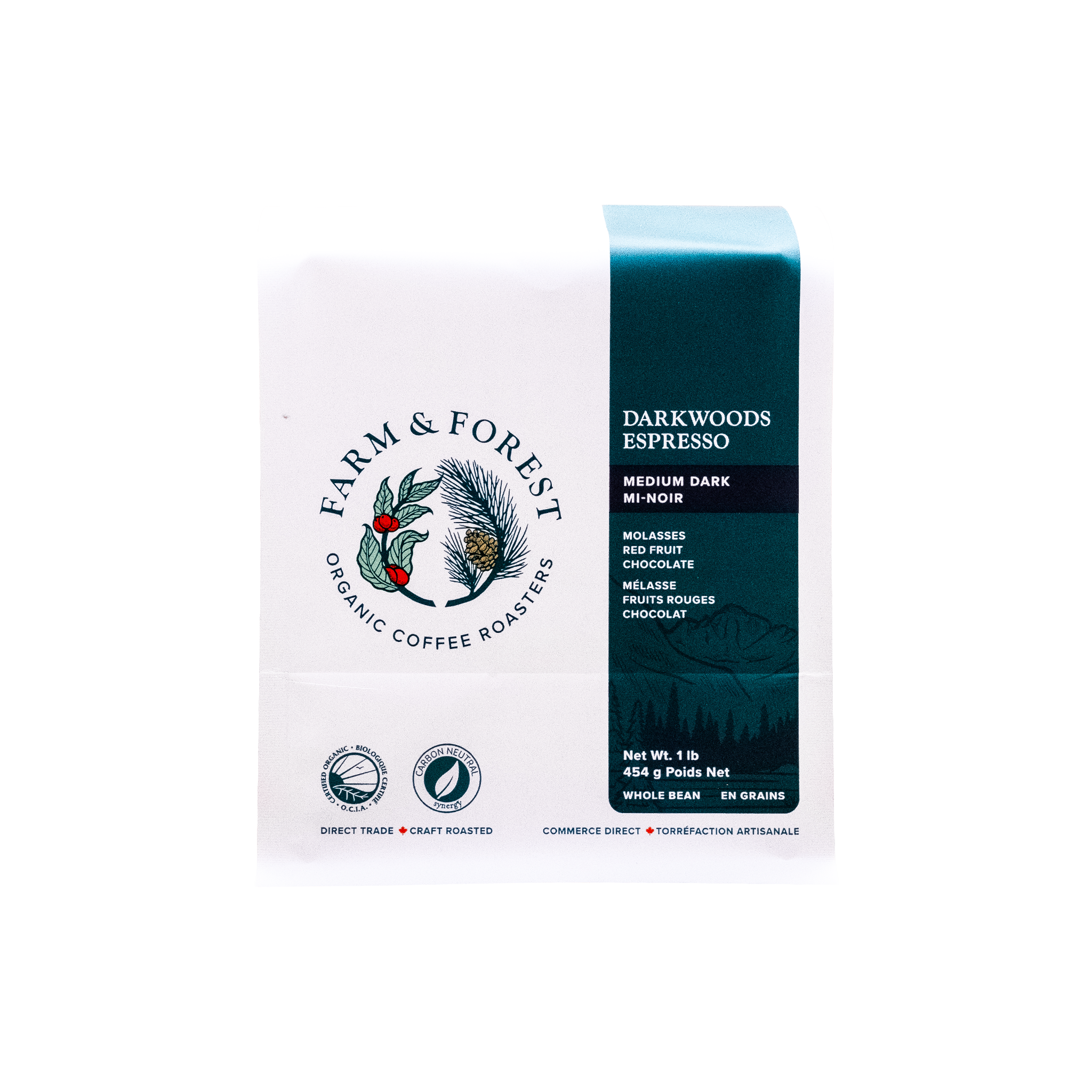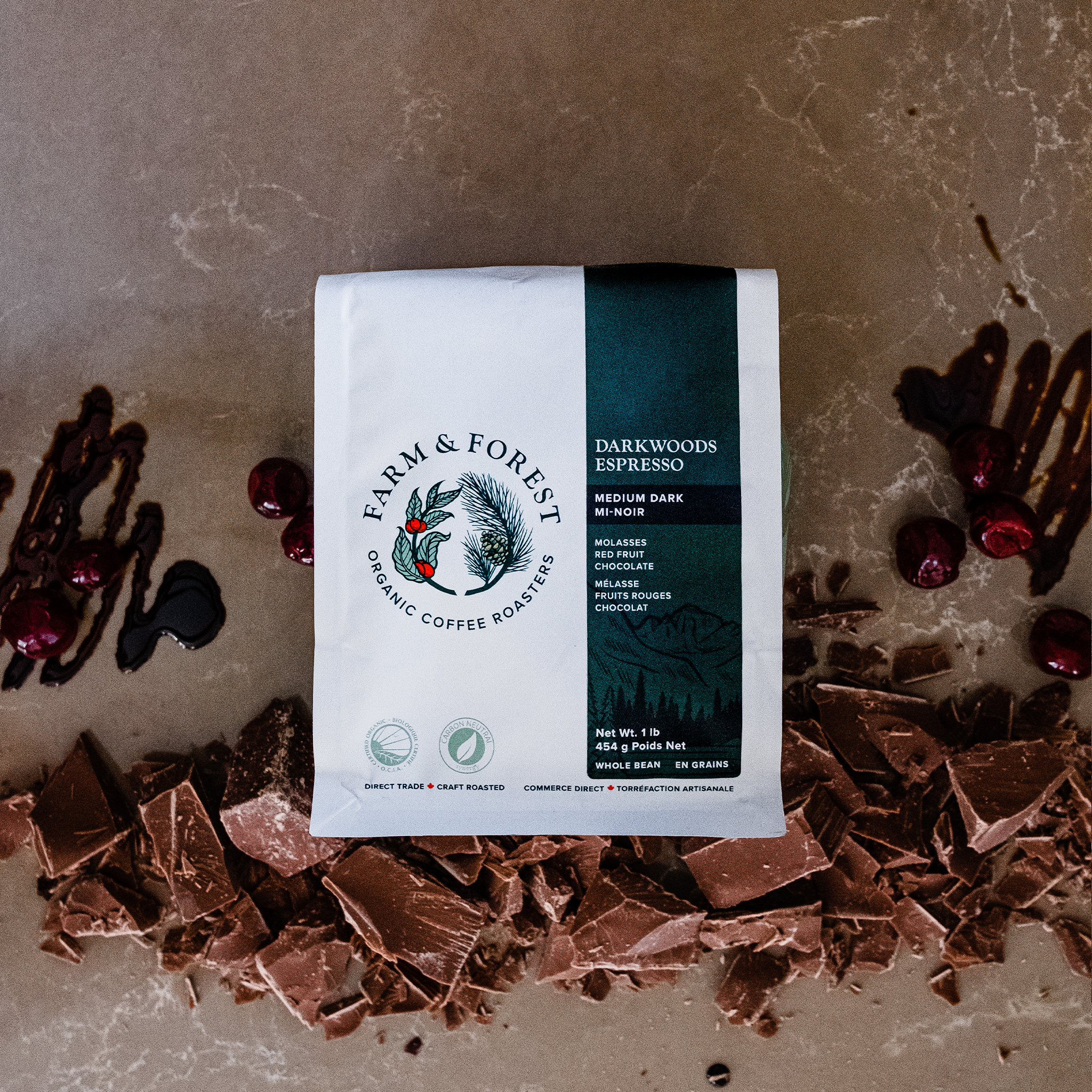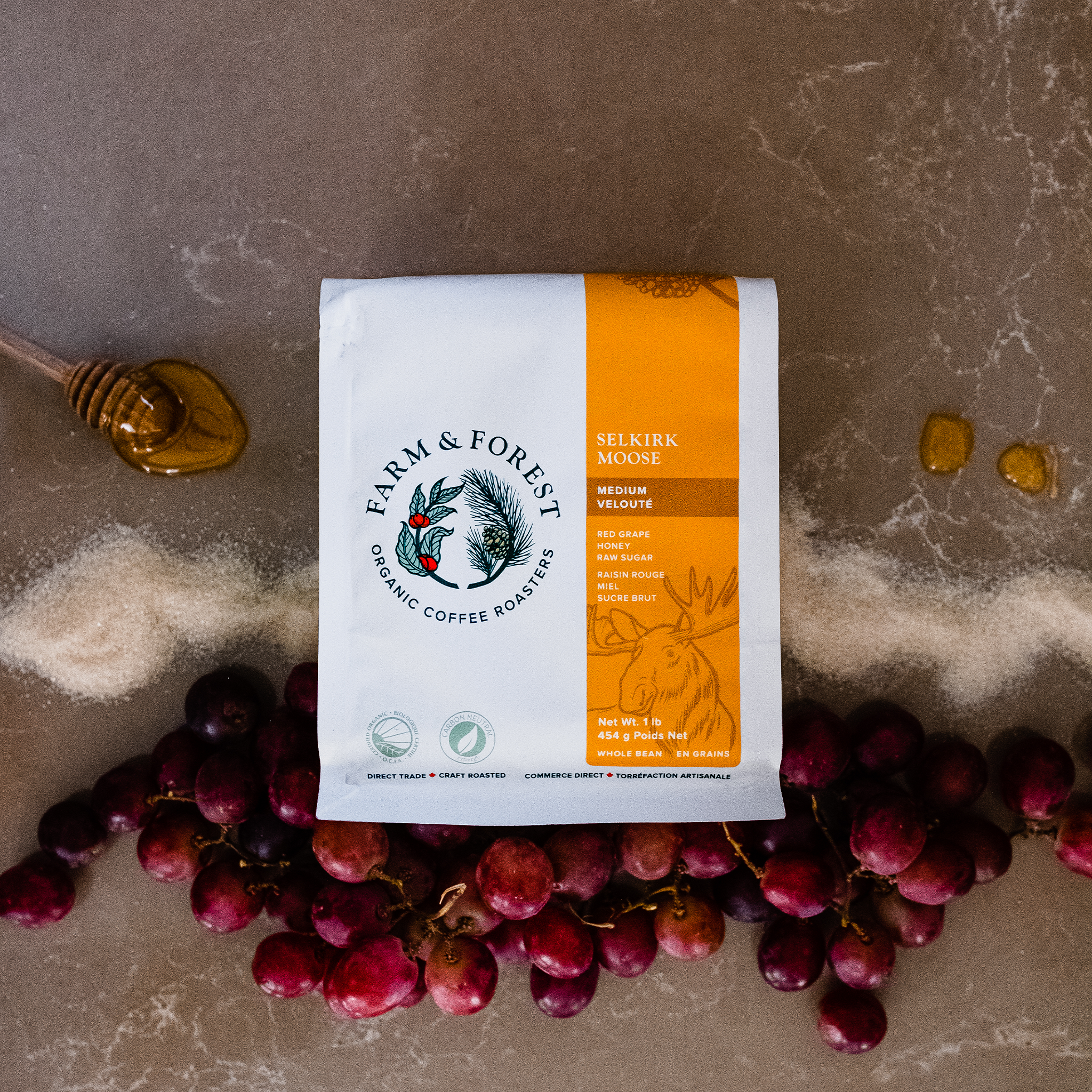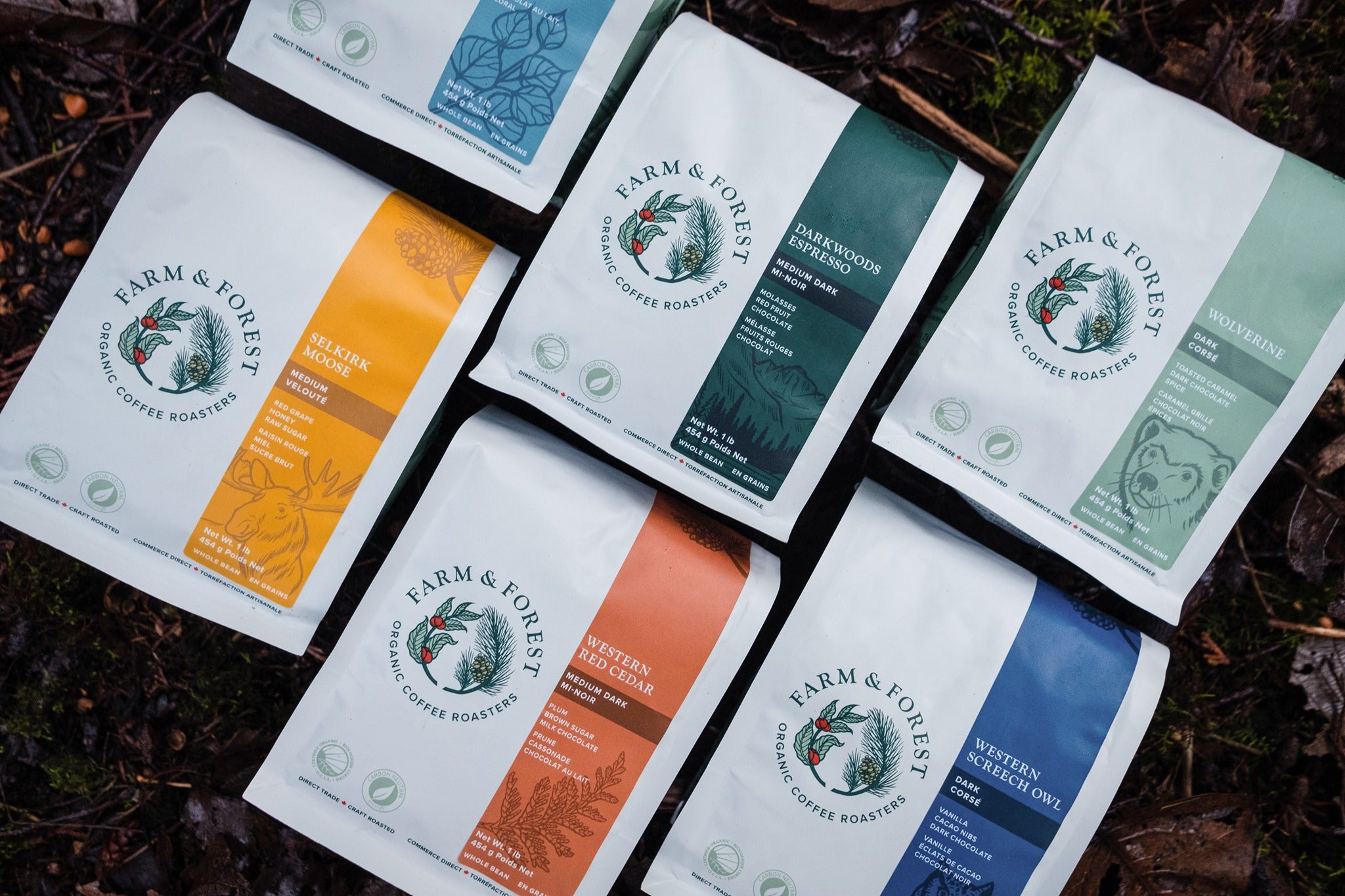All you need to know about the most common coffee brewing methods
There are various coffee brewing methods, each offering a unique way to prepare your best cup of coffee, and those different methods can have a big impact on the flavours you will extract from your fresh coffee beans. To save you the research time, we outlined next all you need to know about the most common coffee brewing methods.
In this article we’ll cover:
-
Pour Over or Drip Coffee (That can be automatic or manual)
-
Chemex
-
French Press (Press Pot or Plunger Pot)
-
Espresso
-
Aeropress
-
Cold Brew
-
Single-Serve Pods
-
Turkish Coffee
-
Moka Pot (Or stovetop espresso maker)
-
Siphon
Pour Over or Drip Coffee
Drip coffee, which is also known as pour-over brewing is a widely embraced method known for its simplicity and convenience. Being one of the fastest ways to brew coffee, while having the cheapest cost that uses gravity and simple elements that can be used for single or multiple cups is also popular for its portability, the perfect option for coffee on the go or that pause during your weekend hike. There are two types you can use:
Automatic Drip Coffee
In an automatic drip coffee maker, water is heated and then systematically dripped over your ground coffee that was placed in a paper or metal filter. As the water passes through the grounds and filter it extracts the flavors, oils, and aroma, and as the name suggests the coffee will drip in a carafe or pot below.
The automatic nature of the process makes it a popular choice for busy mornings or workplaces, where a fresh pot of coffee can be ready quickly and with minimal effort.
Manual Drip Coffee
Now the manual drip method, often referred to as pour-over, involves a more hands-on approach, allowing enthusiasts to control variables such as water temperature, water pour rate, and bloom time, resulting in a cup of coffee with nuanced and customized flavour characteristics.
It involves placing a paper or metal filter in a cone or dripper, adding medium-coarse coffee grounds, and slowly pouring hot water over the grounds in a circular motion.
Chemex
The Chemex coffee brewing method was invented in 1941 by Dr. Peter Schlumbohm and is renowned for its elegant simplicity and the clean, crisp coffee it produces. Using a distinctive hourglass-shaped vessel and a specialized paper filter that is 20-30% heavier than other filters.
Your grounded coffee is placed in the filter, and you pour hot water in a slow and controlled manner, allowing for a thorough and even extraction of flavors. The thick paper filter ensures that sediments are removed, resulting in a remarkably smooth cup of coffee with bright acidity and a delicate aroma.
Similar to the manual drip method the Chemex method allows for greater control over variables like water flow and temperature, appealing to those who appreciate a more hands-on and customized brewing process.
French Press, Press Pot, or Plunger Pot
The French Press, also known as a press pot or plunger pot, offers a distinctive and straightforward coffee brewing experience. In this method created in 1929, coarse coffee grounds are steeped in hot water within the press, allowing the flavors to infuse over a few minutes. After steeping, a metal or nylon plunger equipped with a fine mesh filter is pressed down, separating the coffee grounds from the liquid.
This method yields a robust and full-bodied cup, with the metal filter allowing more oils and sediment to pass through, enhancing the coffee's richness.
It delivers superior and consistent coffee and is appreciated for its simplicity, ease of use, and ability to showcase the bold, unfiltered characteristics of the coffee, making it a favored choice for those who enjoy a hearty and flavorful brew.
Espresso
Espresso is a concentrated and intense coffee brewing method, that is renowned for its quick extraction and bold flavor profile. Finely-ground coffee is tightly packed into a portafilter, and hot water is forced through the grounds under high pressure using an espresso machine.
This rapid process results in a small shot of concentrated coffee with a thick layer of crema—a golden-brown, flavorful foam that adds to the richness. Espresso serves as the foundation for various coffee beverages, including lattes, cappuccinos, and Americanos.
Its distinctive flavor, strong body, and aromatic qualities make it a favorite for those who appreciate a potent and flavorful coffee experience. The precision and skill involved in pulling the perfect shot contribute to the artistry associated with the espresso brewing method.
Aeropress
The Aeropress coffee brewing method stands out for its simplicity, versatility, and portability. Comprising two cylindrical chambers, the Aeropress involves steeping fine to medium-coarse coffee grounds in hot water. After a brief steeping period, a plunger is used to create air pressure, forcing the brewed coffee through a paper or metal filter and into the lower chamber.
This process results in a smooth and clean cup of coffee with a flavor profile that can be easily adjusted by modifying grind size, steeping time, and pressure.
It is favored by coffee enthusiasts for its quick and consistent brewing, making it an ideal choice for both home use and travel. Its ease of use and ability to produce a concentrated and flavorful coffee contribute to its popularity among those who appreciate a reliable and efficient brewing method.
Cold Brew
Cold Brew is a method that has gained popularity for its smooth and low-acid coffee, which involves steeping coarsely ground coffee beans in cold or room-temperature water for an extended period, typically 12 to 24 hours. The prolonged steeping time allows for a gradual extraction of flavors, resulting in a coffee concentrate. After steeping, the cold brew is usually diluted with water, milk, or a milk alternative before serving over ice.
Cold Brew is appreciated for its mellow, less acidic taste, making it a refreshing option, particularly during warmer months.
The method's versatility allows for customization in terms of strength and flavor, and it has become a favorite for those seeking a chilled coffee experience with a subtly nuanced and less bitter profile.
Single-Serve Pods
Single-serve pods were popularized by systems like Keurig and Nespresso, and contain pre-measured amounts of ground coffee or coffee concentrate. The brewing process involves placing the pod in a compatible machine, where hot water is forced through the pod, extracting the coffee into a cup.
Single-serve pods offer a hassle-free solution, allowing users to enjoy a variety of flavors without the need for measuring or cleaning. While convenient, some coffee enthusiasts argue that the method sacrifices control over variables like grind size and coffee quality, this being a workaround with generic and reusable pods that can be filled with the coffee of your preference.
Turkish Coffee
Turkish coffee is a traditional and distinct brewing method that dates back centuries. Finely ground coffee, often with added sugar and cardamom for flavor, is combined with cold water and placed in a special pot called a cezve. The mixture is slowly heated over low flames, allowing the coffee to foam and reach a near-boiling point.
It is served unfiltered, grounds and all, in small cups. The brewing process, which involves meticulous attention to the size of the coffee grounds and the timing of the heat, results in a strong, thick, and robust coffee with a rich aroma. The sediment at the bottom of the cup is often used for fortune-telling, adding a cultural and social aspect to the ritual of enjoying Turkish coffee.
Moka Pot or stovetop espresso maker
The Moka Pot, also known as a stovetop espresso maker, offers a unique and efficient way to brew coffee. This brewing method involves water in the bottom chamber, finely ground coffee in a metal filter basket, and a top chamber where the brewed coffee collects. As the water in the bottom chamber heats up, it creates pressure that forces hot water through the coffee grounds, resulting in a concentrated and flavorful coffee with a rich crema.
The Moka Pot produces a brew that is stronger than drip coffee but not as concentrated as true espresso. Loved for its simplicity, affordability, and ability to produce a robust coffee with a distinctive taste.
Siphon
The Siphon coffee brewing method, also known as a vacuum pot, is a visually captivating and precise way to brew coffee. It involves a glass or metal apparatus with two chambers connected by a tube. Water is heated in the lower chamber, and as it moves upward due to vapor pressure, it mixes with coffee grounds in the upper chamber. After steeping, the heat is removed, and a vacuum effect draws the brewed coffee back down through a filter.
It is praised for its ability to showcase the nuanced flavours of the coffee, producing a clean and aromatic cup.
Coffee Brewing Methods FAQs
Which coffee brewing method is the best?
The "best" coffee brewing method is subjective, depending on individual preferences. Whether you prefer the intensity of espresso, the convenience of automatic drip, the clarity of Chemex, or the smoothness of cold brew, each method offers a unique coffee experience. Consider factors like taste preferences, convenience, and involvement in the brewing process to find the method that best suits your lifestyle and taste.
What coffee brewing methods to use to get a closer flavour to espresso?
For a flavor closer to espresso without an espresso machine, consider using a Moka Pot or an Aeropress. The Moka Pot, a stovetop espresso maker, produces a strong and concentrated coffee by using pressure to extract flavors. The Aeropress, while not identical to espresso, can create a rich and bold brew with a shorter brewing time and fine grounds. Experimenting with factors like grind size and brewing time allows you to tailor the flavor to your preference, providing a concentrated coffee experience similar to espresso.
What are the most common ways to make coffee?
The most common ways to make coffee include drip brewing using automatic or manual drip coffee makers, the French Press method, espresso brewing with an espresso machine, single-serve pods such as those used in Keurig or Nespresso machines, pour-over methods like Chemex, and cold brew, which involves steeping coffee grounds in cold water for an extended period. Each method offers a unique approach to extracting flavors, catering to diverse preferences for strength, flavor profiles, and brewing convenience.
How to make the best coffee at home?
To make the best coffee at home, start with high-quality, freshly roasted beans, and grind them just before brewing. Experiment with various brewing methods like pour-over or French Press, adjusting factors like water temperature and coffee-to-water ratio to suit your taste. Keep equipment clean, store beans properly, and tailor the process to your preferences for a consistently excellent cup of coffee.
